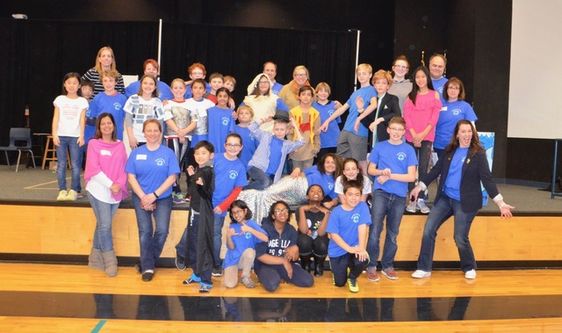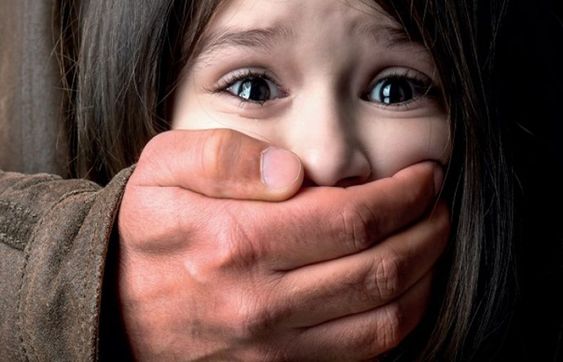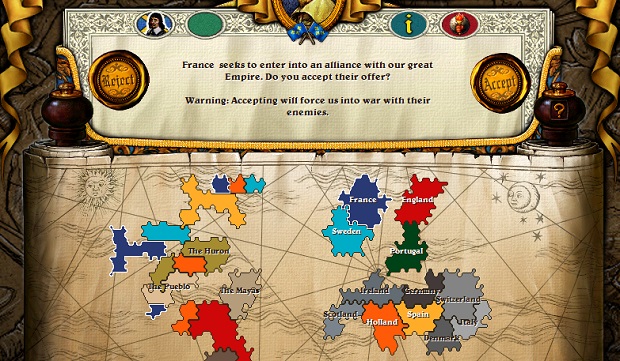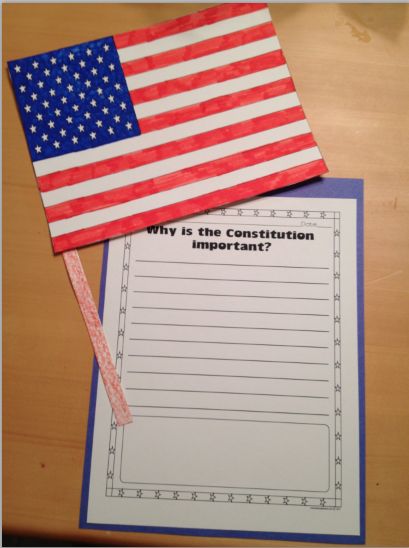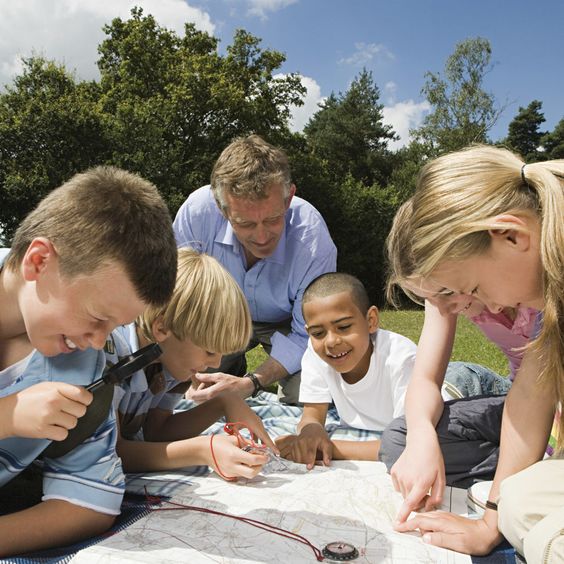Introduction:
Building geography knowledge can be fun and engaging with the right games and activities. Country guessing games offer a fantastic way to learn about different countries while challenging your memory and critical thinking skills. Here are 20 country guessing games and activities to help improve your geography knowledge.
1. Country Flashcards:
Create flashcards with countries’ names on one side and their corresponding maps on the other. Use these cards as a fun memory game by matching the countries to their maps.
2. Country Bingo:
Create bingo cards with various countries as the spaces, and call out clues such as capitals, flags, or famous landmarks for players to mark off the correct country.
3. Mystery Map:
Display a world map without any country labels, and have players guess each country’s location based on its shape or geographical features.
4. Pin the Country on the Map:
A twist on the classic “Pin the Tail on the Donkey” game, have players take turns blindfolded trying to place flag markers on a world map in their corresponding countries.
5. Geoguessr:
This online game utilizes Google Street View images to place players in random locations around the world, challenging them to guess where they are based on geographical clues.
6. World Capitals Quiz:
Test your knowledge of world capitals with quizzes that provide varying levels of difficulty.
7. Country Scramble:
Unscramble mixed-up letters to reveal country names and race against time or other players for high scores.
8. Name That Flag!
Players must match each country’s flag with its corresponding name or description.
9. World Landmark Challenge:
Match famous landmarks such as The Great Wall of China or The Eiffel Tower with their respective countries.
10. Continent Trivia Relay:
Divide into teams and answer trivia questions related to different continents – from population statistics to historical events – as a relay race.
11. Country Alphabet Game:
Players take turns naming countries that begin with each letter of the alphabet, continuing until all letters have been used.
12. Country Riddles:
Solve riddles or clues based on various aspects of a country, such as geographical features, culture, or cuisine.
13. Spot the Difference:
Compare maps or images of two similar countries and identify their differences as quickly as possible.
14. Global Puzzle Challenge:
Assemble puzzles featuring maps of different countries and compete for the fastest completion time.
15. Around-the-World Jeopardy:
Complete categorised trivia questions related to various countries in the classic television game show format.
16. Land vs. Water Race:
Using maps, globes, or online tools, have two teams find and circle ten water bodies and ten land formations – the first team to complete this challenge wins!
17. Crossword Countries:
Solve crossword puzzles focused on geography with country-related clues.
18. World Leaders Guessing Game:
Test your knowledge of current and historical world leaders by matching their pictures with their respective country names.
19. Map Memory Game:
Play an online game where players must remember and select countries from an animated world map after viewing them for a brief moment.
20. Road Trip Adventure:
Choose a random starting point on a map and use available transportation methods to virtually “travel” around the world, identifying countries along the way.
Conclusion:
There is no shortage of exciting activities to improve your geography knowledge while having fun. These 20 country guessing games offer new ways to learn about our world’s diverse nations in engaging and interactive styles for all age groups. Start exploring today!





